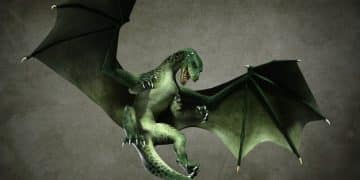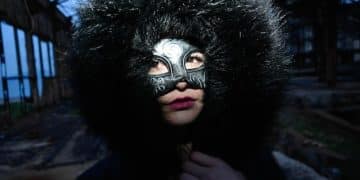House of the Dragon Season 2 Review: Hype or Hit? (Spoiler Alert)
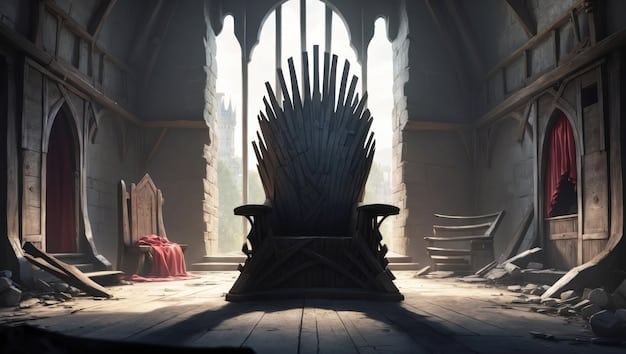
‘House of the Dragon’ Season 2 intensifies the Targaryen civil war, delivering epic battles, political intrigue, and heartbreaking betrayals, but struggles with pacing and character development compared to its first season.
‘House of the Dragon’ returns for its second season, promising more fire, blood, and political machinations in the Dance of the Dragons. Let’s dive into a spoiler-filled ‘House of the Dragon’ Season 2 Review: Does the Dance of the Dragons Live Up to the Hype? A Spoiler-Filled Analysis’.
A Return to Westeros: Initial Impressions of Season 2
Season 2 of ‘House of the Dragon’ plunges us back into the heart of Westeros, where the Targaryen dynasty teeters on the brink of civil war. The stakes are higher, the dragons are bigger, and the drama is more intense than ever.
The initial episodes set a grim tone, emphasizing the cost of war and the personal sacrifices each character must make. The Dance of the Dragons is no longer a distant threat; it’s a brutal reality.
Visual Spectacle and Dragon Battles
One of the most anticipated aspects of the season is the increased presence of dragons. How do the dragon battles fare?
The visual effects are stunning, bringing the dragons to life with breathtaking detail. Each dragon has its own distinct personality and fighting style, making the aerial battles a feast for the eyes.
- The dragon fights are more frequent and intense this season, showcasing the raw power and destructive potential of these magnificent creatures.
- The battles are strategically integrated into the plot, serving as pivotal moments that shape the course of the war.
- The sound design is particularly impressive, immersing viewers in the roar of the flames and the thunderous flapping of wings.
The visual splendor of the dragon battles is undeniably a highlight of Season 2, elevating the series’ production value to new heights. However, great visuals are no substitute for great storytelling. Now let’s see if the writing lives up to the visuals.
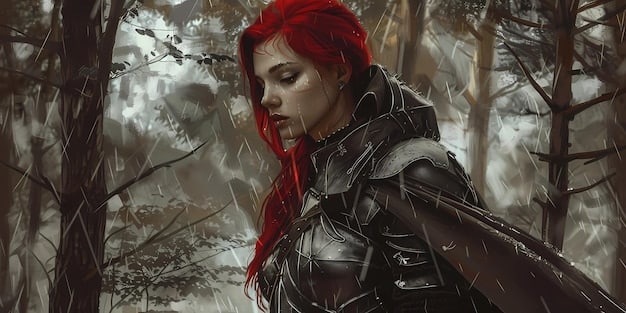
Story and Pacing: Where Does Season 2 Stumble?
While Season 2 delivers on visual spectacle, critics are finding the narrative structure is unbalanced. The writing is uneven, and some character arcs feel rushed or underdeveloped.
The pacing is a major issue in several episodes. Moments of high tension are often followed by slow, drawn-out scenes that stall the momentum. This inconsistency can be frustrating for viewers eager for the Dance of the Dragons to truly take flight.
Are the storylines in Season 2 as compelling as those in the first? The answer is a mixed bag.
- Some plot threads, such as Rhaenyra’s struggle to maintain her claim, are gripping and emotionally resonant.
- Other storylines, like Alicent’s internal conflict, feel repetitive and lack the nuance of the previous season.
- The introduction of new characters adds complexity to the political landscape, but some of these characters are given short shrift, failing to make a lasting impression.
Overall, the storytelling is disjointed, with pacing issues that hold it back from achieving its full potential. The season shines in moments of intense drama, but it struggles to maintain a consistent level of quality throughout. A key area of concern lies in the portrayal and overall arc of the main characters.
Character Development: Missed Opportunities?
The strength of ‘House of the Dragon’ lies in its complex, morally gray characters. Season 2 continues to explore their motivations and flaws, but sometimes falls short of delivering satisfying character arcs.
Rhaenyra, played by Emma D’Arcy, remains a captivating protagonist, battling not only external enemies but also her own inner demons. Her determination to secure her birthright is compelling, but the show occasionally portrays her as overly stubborn and shortsighted, undermining her credibility.
How do other key players fare in Season 2? The results are mixed.
- Daemon, portrayed by Matt Smith, continues to be a magnetic presence, but his violent tendencies and impulsive decisions often overshadow his strategic brilliance.
- Alicent, played by Olivia Cooke, grapples with her guilt and ambition, but her character arc feels less dynamic compared to Rhaenyra’s.
- Supporting characters like Otto Hightower and Lord Corlys Velaryon add depth to the political landscape, but their storylines sometimes get lost in the shuffle.
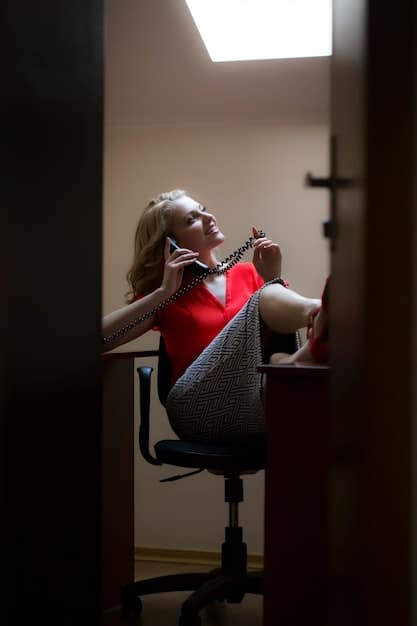
Political Intrigue: Alliances and Betrayals
The political machinations in ‘House of the Dragon’ are as intricate and treacherous as ever. Alliances shift, loyalties are tested, and betrayals lurk around every corner.
Each faction engages in a delicate dance of power, seeking to gain an advantage over their rivals. The Red Keep becomes a hotbed of rumors, conspiracies, and secret meetings, where every word and action carries significant weight.
Navigating the Web of Alliances
Understanding the complex web of alliances is crucial to appreciating the political landscape of Season 2. How do these alliances shape the course of the Dance of the Dragons?
Rhaenyra relies on the support of House Velaryon, House Stark, and other noble families who believe in her claim. However, her alliances are constantly threatened by internal dissent and external pressures.
Analyzing key alliances and betrayals:
- Alicent finds herself increasingly isolated, struggling to maintain control over her own faction as tensions rise between her and her children.
- Otto Hightower, the Hand of the King, remains a master manipulator, pulling the strings from behind the scenes to advance his own agenda.
- The introduction of new players, such as the cunning Larys Strong, adds further complexity to the political game.
The political intrigue is a highlight of Season 2, showcasing the ruthlessness and strategic brilliance required to survive in the world of Westeros. But the personal costs for such decisions are also explored.
The Dance of the Dragons: Escalation of War
The Dance of the Dragons is not just a war of succession; it’s a clash of ideologies, a battle for the soul of Westeros. Season 2 escalates the conflict, showcasing the devastating consequences of unchecked ambition and vengeance.
The Targaryen civil war is a brutal and unforgiving affair, tearing families apart and leaving a trail of destruction in its wake. No one is safe, and the stakes are higher than ever before.
Key Battles and Turning Points
Season 2 features several pivotal battles that shape the course of the Dance of the Dragons. Which battles stand out as the most impactful?
One notable engagement sees dragonriders clashing in a fiery spectacle above King’s Landing, resulting in significant casualties on both sides. The battle serves as a stark reminder of the destructive power of the dragons and the human cost of war.
Examining specific engagements and their consequences:
- Another key moment involves a daring raid on Dragonstone, aimed at crippling Rhaenyra’s forces. The raid is successful, but it comes at a heavy price, leading to a chain of events that further escalate the conflict.
- The political maneuvering behind the scenes also plays a crucial role in the escalation of the war, with alliances shifting and betrayals becoming more frequent.
The Dance of the Dragons intensifies, leading to a brutal confrontation between Rhaenyra and Alicent, shattering any chance of reconciliation. The season concludes with a cliffhanger ending, leaving viewers eager to see what’s next.
Comparing Season 2 to the First Season
How does Season 2 stack up against the first season of ‘House of the Dragon’? The answer is complex, as the two seasons have different strengths and weaknesses.
The first season excels in its character development and political intrigue, laying the groundwork for the Dance of the Dragons. Season 2 doubles down on spectacle and action, delivering epic dragon battles and high-stakes confrontations.
Analyzing Strengths and Weaknesses
While Season 2 delivers on visual spectacle, it falls short in terms of pacing and character development, with some storylines feeling rushed or underdeveloped.
The first season, on the other hand, takes its time to develop the characters and their relationships, allowing viewers to become invested in their fates. However, it lacks the large-scale battles and dragon fights that define Season 2.
- The pacing of Season 1 is more deliberate, allowing for deeper exploration of the political landscape and the characters’ motivations.
- Season 2 sacrifices some of this depth in favor of increased action and spectacle, which may appeal to some viewers but disappoint others.
Ultimately, whether you prefer Season 1 or Season 2 may depend on your personal preferences. Each season offers a different take on the world of Westeros, with its own unique strengths and weaknesses.
| Key Aspect | Brief Description |
|---|---|
| 🐉 Dragon Battles | Visually stunning, frequent, and strategically integrated into the plot. |
| ⏳ Pacing Issues | Inconsistent pacing with moments of high tension followed by slow scenes. |
| 👑 Political Intrigue | Intricate web of alliances, betrayals, and power plays. |
| ⚔️ Escalation of War | Devastating consequences of ambition and vengeance. |
Frequently Asked Questions
Yes, despite its flaws, Season 2 offers thrilling dragon battles and political intrigue that fans of the ‘Game of Thrones’ universe will appreciate. The visual spectacle alone makes it worth watching.
Season 2 focuses more on action and spectacle, while Season 1 emphasized character development and political intrigue. Season 2 has pacing issues that the first season does not.
Rhaenyra Targaryen, Alicent Hightower, and Daemon Targaryen remain central figures, with new characters like Larys Strong adding complexity to the political landscape.
Expect more frequent and intense dragon battles with stunning visual effects and strategic integration into the plot. Each dragon has distinct characteristics and fighting styles.
Yes, ‘House of the Dragon’ has been renewed for a third season, promising more fire, blood, and political machinations in the ongoing Dance of the Dragons.
Conclusion
In conclusion, ‘House of the Dragon’ Season 2 delivers on its promises of spectacle and political intrigue, but struggles with pacing and character development. Despite its flaws, it remains a compelling addition to the ‘Game of Thrones’ universe.
